As a blogger, you’re likely no stranger to the world of search engine optimization (SEO). You’ve probably spent countless hours writing the perfect meta descriptions, optimizing your images, and researching the latest keyword trends.
But amidst all the technical jargon and algorithm updates, one crucial metric often gets overlooked: Domain Authority (DA).
Think of it like a report card for your website, grading your overall online reputation and authority. The higher your DA, the more likely you are to attract quality traffic and stand out from the competition.
In this article, we’ll demystify the concept of blog domain authority and provide actionable tips to help you boost your online presence and improve your search engine rankings.
What is Blog Domain Authority?
Domain Authority is a measure of a website’s credibility and trustworthiness in the eyes of search engines. It’s a key factor in determining how high your blog ranks in search engine results pages (SERPs).
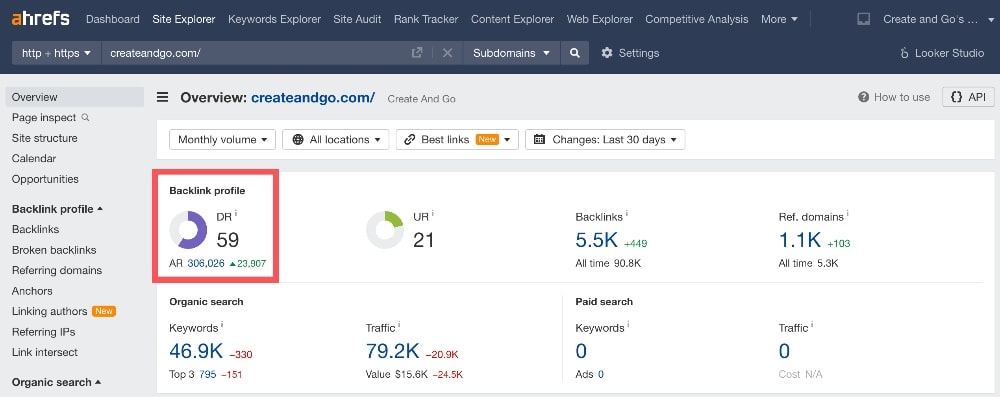
Domain Authority scores range from 1-100 and predict how well a blog is likely to rank on search engine results pages (SERPs).
A higher blog Domain Authority score indicates that a blog has a stronger online presence, more credibility, and a better chance of ranking higher in relevant searches.
While the exact factors that influence a blog’s Domain Authority are unknown because search engines do not post information on their algorithms, it is commonly known that the following factors are of great importance:
- Backlink profile
- Content quality
- Domain age
- Technical SEO
We’ll expand on each of these and other factors in the next section.
Domain Authority vs. Page Authority
While Domain Authority looks at the overall authority and ranking power of the entire blog domain, Page Authority measures the ranking strength of an individual webpage or blog post.
Like DA, PA is scored on a 1-100 scale by Moz.

Page Authority takes into account metrics directly pertaining to that individual page, such as:
- The page’s content quality and targeted keywords
- The number and authority of inbound links to that page
- Internal link structure
- Overall domain authority (DA score)
A high Page Authority suggests that the specific page has garnered a lot of valuable inbound links and is well-optimized for search visibility on relevant queries.
It’s possible for a domain to have an overall high DA but some pages with lower PA scores. Monitoring and optimizing both DA and PA is important for well-rounded SEO performance.
This can drive more organic traffic, improve visibility, and ultimately lead to greater blogging success.
Domain Authority Ranking Scale
Here is a scale of the types of blogs and websites that typically rank for specific Domain Authority scores from 1-100.
Keep in mind that Domain Authority is a relative metric, so your score will fluctuate as the link profiles of your site and your competitors change over time.
- 1-10: Brand new websites, blogs, or pages with very few backlinks and low authority.
- 11-20: Small personal blogs, new websites, or pages with limited content and backlinks. A very small or new blog might generally have a DA lower than 20.
- 21-30: Moderately sized blogs or websites with some content and backlinks. A medium-sized blog gradually growing with consistent content updates could reach up to DA 30 – 40.
- 31-40: Established blogs or websites with a good amount of content, backlinks, and authority. A medium-sized blog gradually growing with consistent content updates could reach up to DA 30 – 40.
- 41-50: Larger blogs or websites with significant content, backlinks, and authority. More prominent blogs with strong inbound links profiles sit proudly at DA 50+ range.
- 51-60: High-authority blogs, websites, or pages with a large amount of quality content and backlinks from other authoritative sites.
- 61-70: Very high-authority websites like major publications, universities, government sites, etc. with huge amounts of content and backlinks.
- 71-80: Extremely high-authority sites that are among the most powerful and influential websites on the internet.
- 81-90: Only a handful of the most authoritative sites on the entire internet would rank in this range.
- 91-100: Likely not achievable for most sites, as this would represent the single most authoritative site on the internet. Even major sites like Google, Facebook, Wikipedia, etc. have DAs in the 80s or 90s.
The most important thing is to focus on consistently building high-quality backlinks and content to steadily improve your DA compared to your competitors in your specific industry niche.
How Is Domain Authority Calculated?
Domain Authority is a complex metric that is influenced by multiple factors. Understanding these factors is crucial to improving your website’s DA and ultimately enhancing its search engine ranking.
Here are the key factors that impact Domain Authority:
1. Link Profile Quality and Quantity
The number and quality of inbound links pointing to your website are critical in determining your site’s Domain Authority.
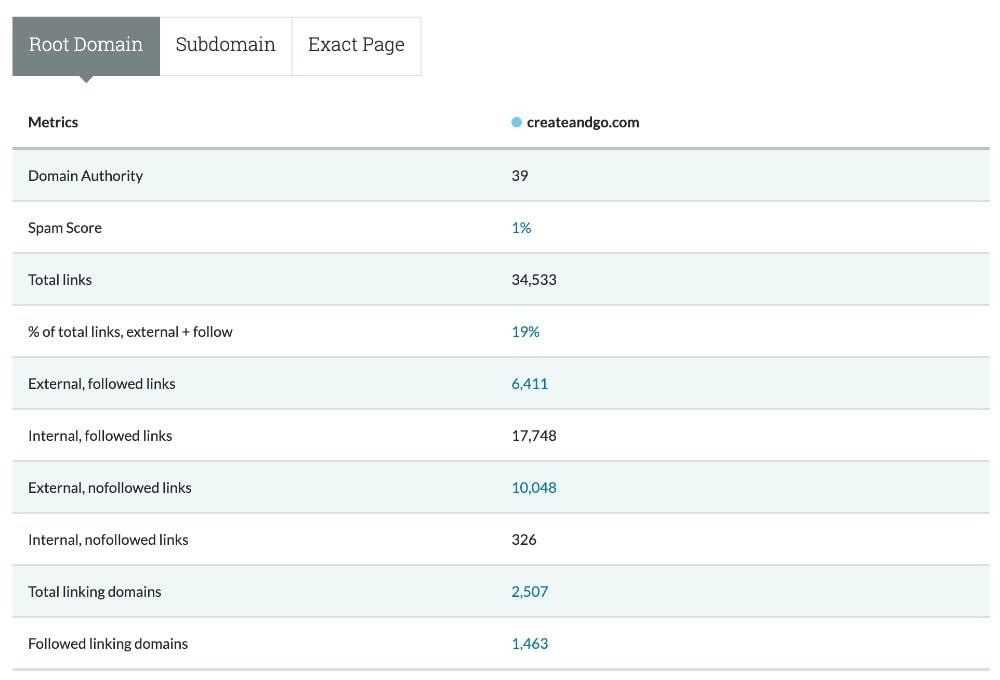
High-quality links come from reputable sources, such as government websites, educational institutions, and well-established businesses. These links are often earned through creating high-quality content that other websites find valuable and want to link to.
On the other hand, low-quality links can come from spammy websites, paid links, or links from unrelated or irrelevant sources. These links can harm your DA by indicating that your website is not trustworthy or credible.
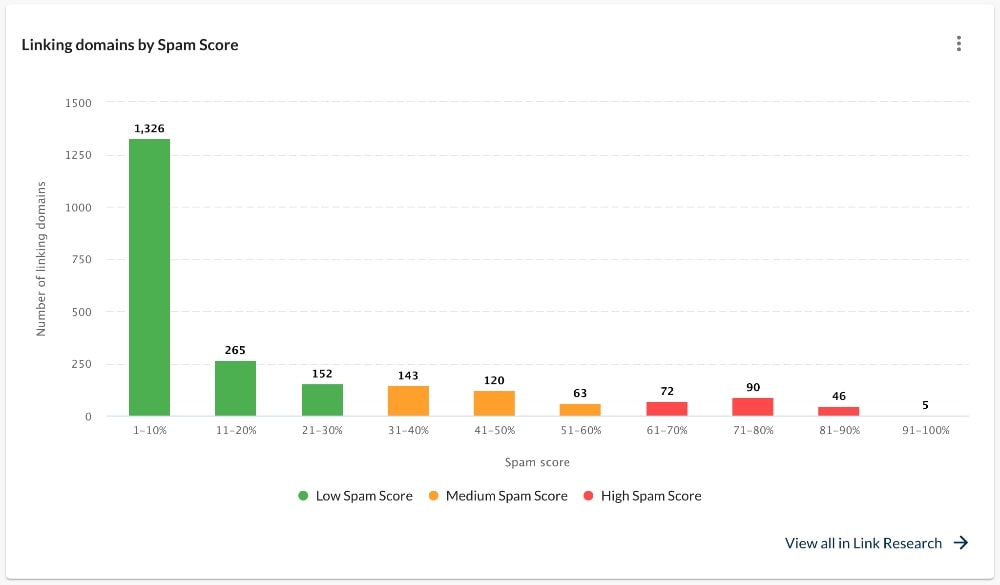
2. Age of the Domain
The age of your domain is another significant factor.
Older domains are generally considered more trustworthy and are more likely to have a higher DA score. This is because older domains have had more time to establish a strong brand presence, link profile, and build credibility.
3. Content Quality and Relevance
The quality and relevance of your website’s content are essential in determining your DA. High-quality, relevant, and regularly updated content attracts more inbound links and improves your website’s visibility on search engine result pages.
- High-quality content is well-researched, informative, and engaging. It provides value to users and is likely to be shared and linked to by other websites.
- Relevant content is targeted towards a specific audience and addresses their needs and interests.
- Regularly updated content shows that your website is active and committed to providing ongoing value to users.
4. Site Structure and User Experience
The structure and user experience of your website also impact your DA.
A well-structured website is easy to navigate and provides users with a clear understanding of what your website offers. This can include clear headings and subheadings, concise content, and a logical layout.

A user-friendly website is also optimized for mobile devices and loads quickly, which can improve user engagement and reduce bounce rates.
5. On-Page SEO
On-page SEO refers to all the measures you can take directly within the website content and HTML source code to optimize individual pages for better rankings.
This includes things like keyword optimization, content quality, header tags, image optimization, and more. You can use tools like RankMath to get the basics down or SurferSEO to optimize your pages even more.

On-page SEO that follows best practices can indirectly improve Domain Authority by making individual pages more authoritative and trustworthy in the eyes of search engines.
6. Technical SEO
Technical SEO focuses on optimizing the backend, technical aspects of a website to meet search engine standards for crawlability and indexability.
This covers areas like site speed, mobile-friendliness, security, structured data, XML sitemaps, and more.
You can use a tool like PageSpeed Insights to get more insights into site performance.

Installing the right WordPress plugins can also help optimize your site performance.
Solid technical SEO that ensures your site is crawler-accessible and follows web standards can boost Domain Authority by enhancing the overall health and search engine-friendliness of the entire domain.
7. Backlink Diversity
The diversity of your backlinks is another important factor. Having a mix of links from different sources, including blogs, news sites, and other authoritative domains, contributes to a higher DA score.
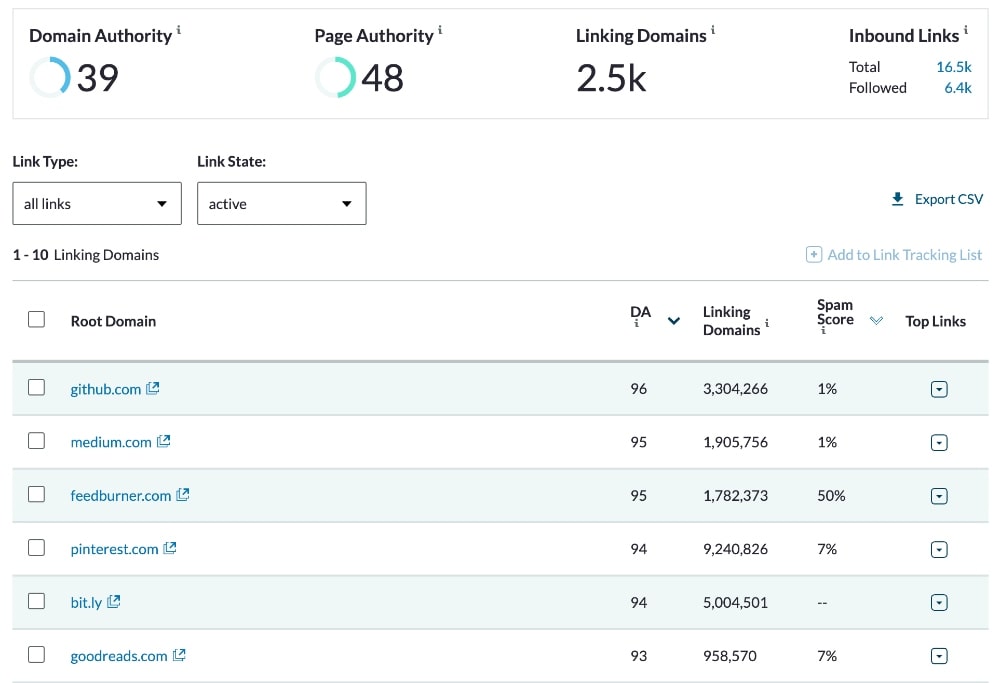
Backlink diversity is important because it indicates that your website is trusted and valued by a wide range of sources.
This can include links from different industries, languages, and geographic locations.
Having a diverse link profile can also reduce the risk of penalties from search engines, as it indicates that your website is not overly reliant on a single source of links.
8. Link Velocity
Link velocity refers to the rate at which you acquire new links.
A steady and consistent link growth can indicate that your website is producing high-quality content and is being recognized as an authority in your industry.
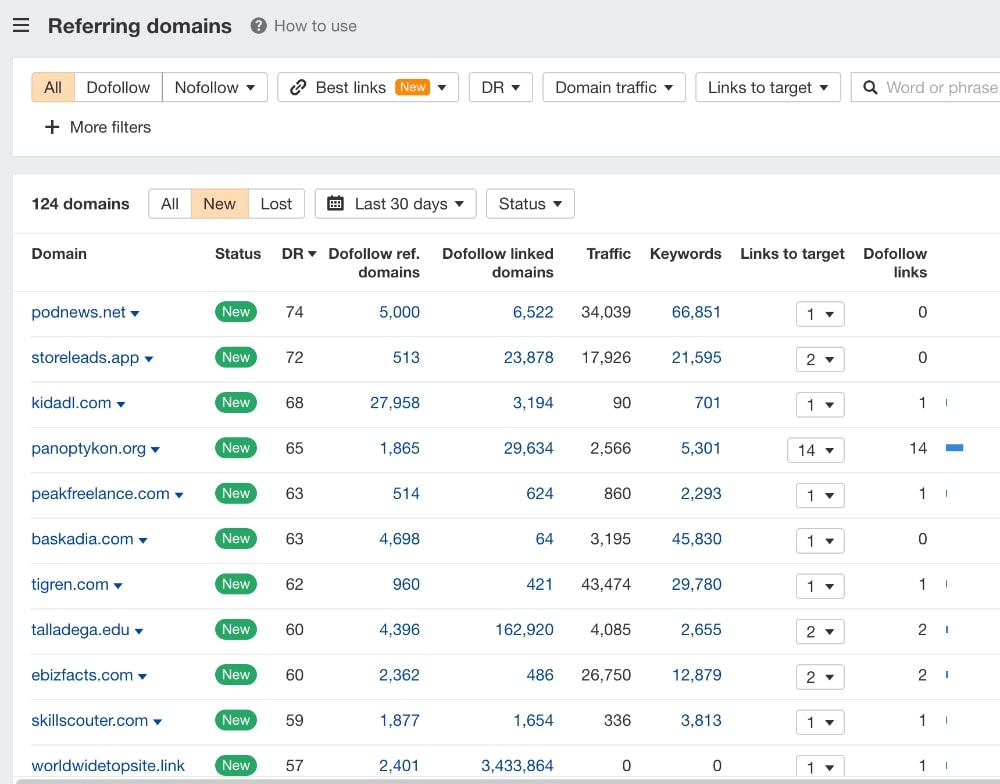
On the other hand, sudden spikes or drops in link velocity can indicate that your website is engaging in manipulative link-building tactics or is experiencing a decline in quality.
9. Domain History
Domain history includes any past penalties or issues that may have affected your website’s DA.
A clean domain history with no past penalties can indicate that your website is trustworthy and credible. On the other hand, a domain with a history of penalties or issues may have a lower DA score.
10. Social Signals
Social signals include metrics such as the number of followers, likes, shares, and comments on your social media profiles.
A strong social presence can indicate that your website is popular and engaging, which can contribute to a higher DA score.
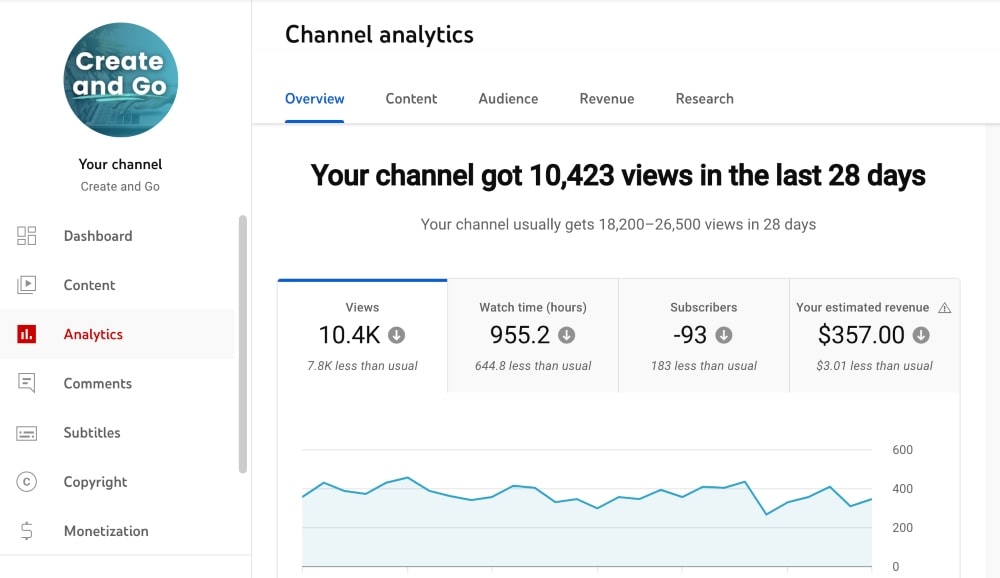
Additionally, social media platforms can also drive traffic to your website, which can improve your DA by increasing your website’s visibility and authority.
11. Algorithm Updates
Finally, algorithm updates from search engines like Google can cause fluctuations in your DA score. These updates can include changes to ranking algorithms, penalties for manipulative link-building tactics, or changes to the way search engines evaluate content.
It is essential to monitor your DA regularly to adjust your SEO strategies accordingly and ensure that your website remains competitive.
How to Check Your Domain Authority
There are a number of SEO tools that you can use to check your blog DA, but these are 3 of the most popular methods.
Keep in mind that the domain authority score will different between these tools because domain authority is not an exact science. Instead, it’s an internal measure of various factors like the ones above and each one of these tools places different weights on the different metrics.
It’s helpful to check your DA score with multiple tools to get an overall picture of how your website measures.
1. Moz’s Domain Authority Tool
Moz’s Domain Authority tool is one of the most widely used and trusted tools for checking Domain Authority. You can use this tool to check your site’s DA and the PA of individual pages and blog posts.

2. SEMrush’s Domain Authority Tool
SEMrush’s Domain Authority tool is another popular tool for checking Domain Authority.
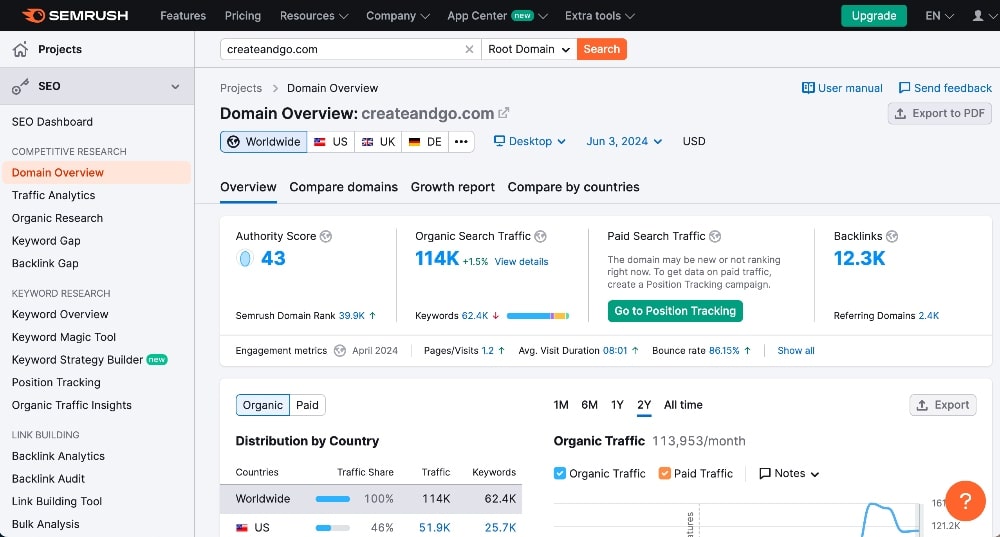
This tool provides detailed insights into your website’s DA as well as the number of backlinks, organic traffic, and more.
3. Ahrefs’ Domain Authority Tool
The Ahrefs’ Website Authority Checker provides the least amount of data as far as free tools go, but a paid Ahrefs account will give you more details than almost any other paid SEO tool.
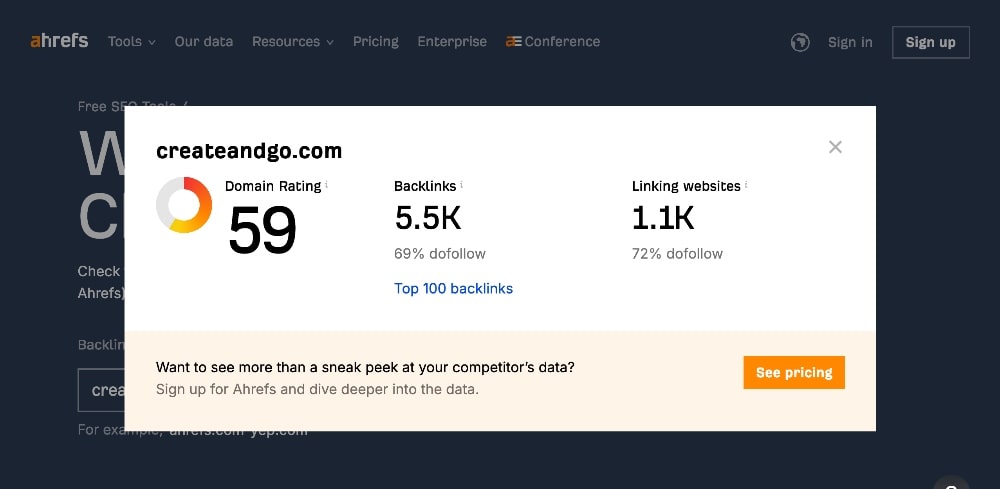
While it’s an expensive tool, it’s our favorite SEO tool for growing our organic SEO traffic.
How to Increase Your Domain Authority
Increasing your Domain Authority (DA) is a gradual process that requires a strategic approach and consistent effort. Here are some effective strategies to boost your Domain Authority:
1. Create High-Quality Content
Producing high-quality, relevant, and engaging content is essential for attracting backlinks from authoritative websites.
We use AI to write our blog posts. It’s great for research and context. Just make sure to add your own personality and creativity to your articles.
Our favorite AI writing tool is Perplexity.
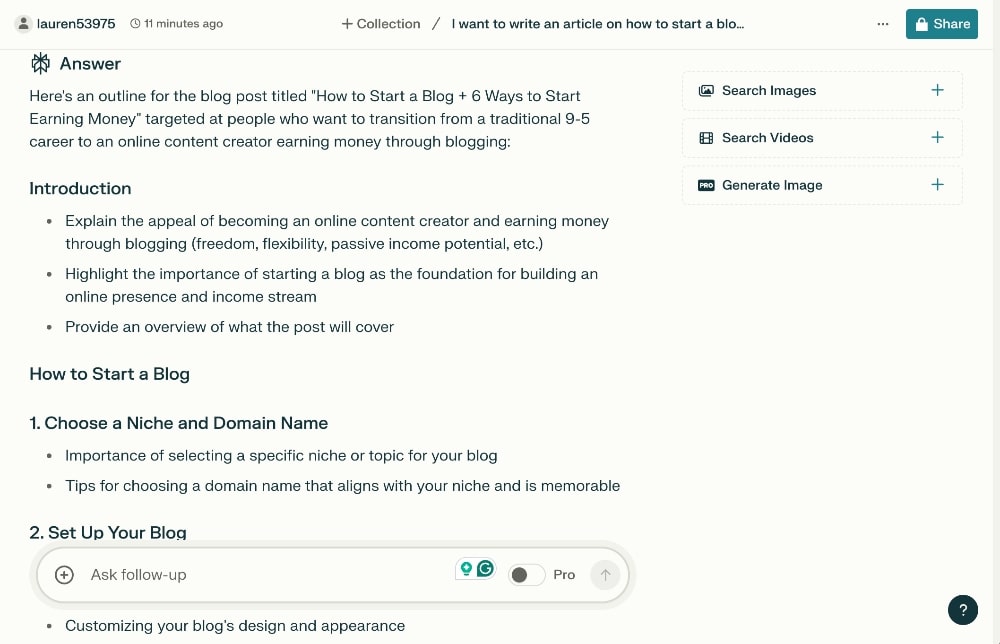
Include your own personal opinions, thoughts, and experiences whenever possible to differentiate your content and make it more personal and relatable.
2. Build a Strong Backlink Profile
Acquiring backlinks from reputable websites in your industry is crucial for improving your DA.
Focus on building a diverse portfolio of high-quality backlinks through guest posting, outreach campaigns, and creating shareable content that naturally attracts links.
3. Optimize On-Page SEO
Optimizing your website’s on-page elements, such as meta tags, headings, and internal linking structure, can improve your website’s visibility and authority.
Our favorite tool for optimizing blog posts for SEO is Surfer SEO.
Surfer will suggest keywords to include in your article as well as the blog post length and number of headings, paragraphs, and images based on the currently top-ranking content.
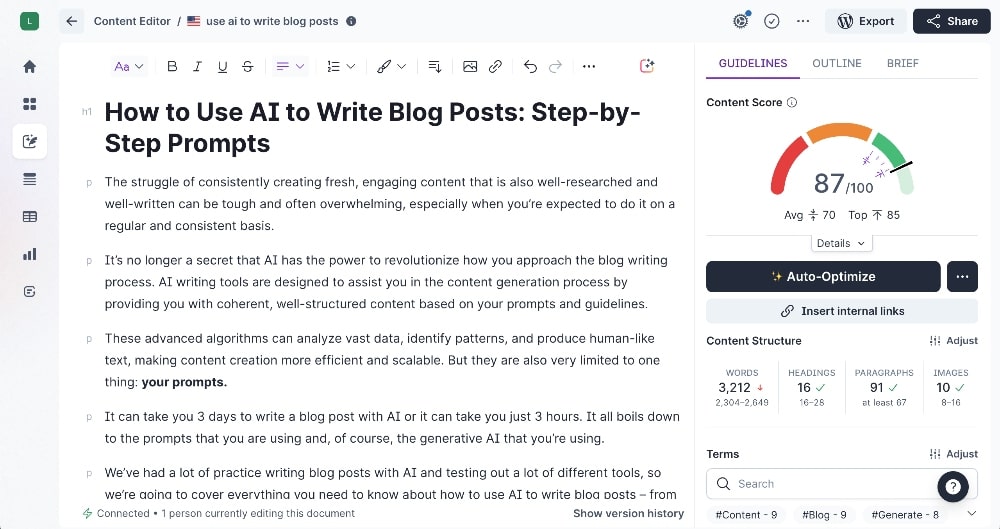
See our full SurferSEO review here.
4. Improve Website Loading Speed
A fast-loading website not only enhances user experience but also signals to search engines that your site is well-maintained and trustworthy.
Optimize images, leverage browser caching, and minimize server response time to improve your website’s loading speed.
A great, all-encompassing plugin to help with this is WP Rocket.
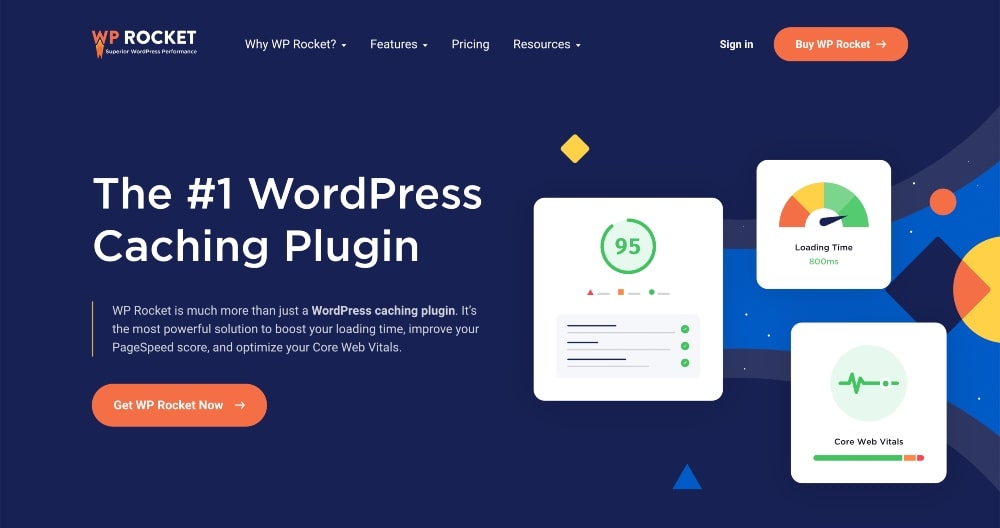
5. Improve Technical SEO
Technical SEO plays a significant role in improving your website’s authority and search visibility. Ensure proper indexing, fix broken links, optimize site structure, and implement schema markup to enhance your website’s technical performance.
One easy thing that you can do to improve your site’s authority is to fix broken links. Ahrefs has a free broken link checker that you can use.
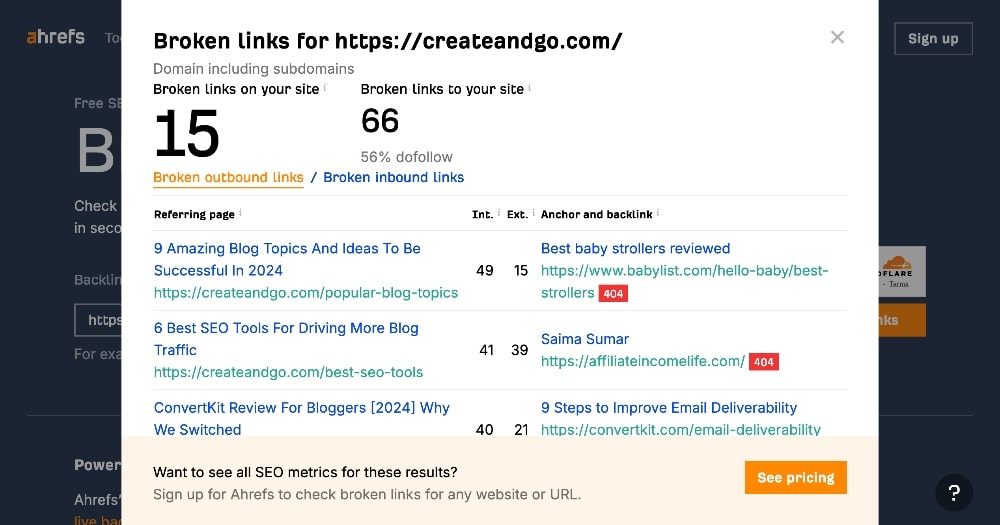
6. Repurpose Content to Share on Other Platforms
One of the best ways to get the most out of promoting your blog content is to repurpose it for other platforms:
- Start a YouTube channel.
- Start a podcast.
- Create short-form content for Instagram and TikTok.
- Drive traffic to your posts with Pinterest marketing.
This will increase your brand awareness and show Google that you have an engaged audience on other platforms, which is a signal that your content is valuable and trustworthy.
7. Monitor and Analyze Your Performance
Regularly monitor your website’s performance using tools like Google Analytics, Moz, SEMrush, or Ahrefs.
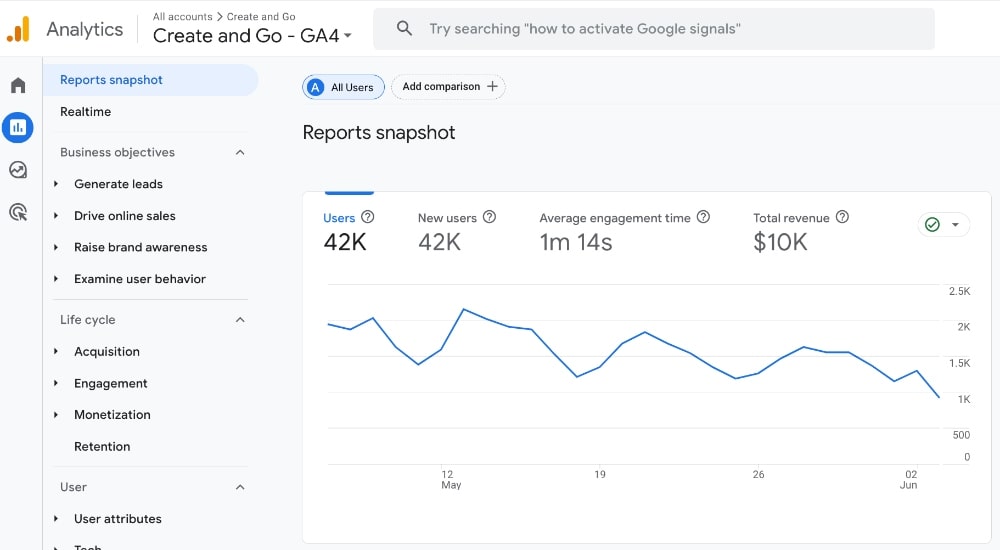
Analyze key metrics, track changes in your DA score, and identify areas for improvement to refine your SEO strategies.
8. Consistently Update and Refresh Content
Regularly updating and refreshing your existing content can signal to search engines that your website is active and relevant.
Update outdated information, add new insights, and repurpose content to keep it fresh and valuable to your audience.
We also run older blog posts through Surfer SEO to work on optimizing the page for updates. Surfer also has a cool Content Audit feature that will let you run a full audit on your blog post to help you decide what and how to update your content.
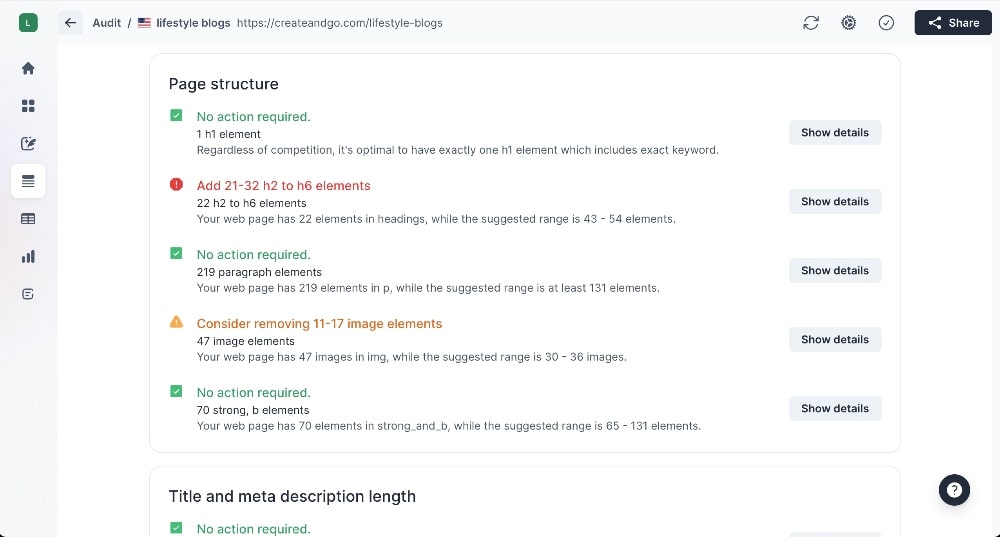
By implementing these strategies and consistently optimizing your website for improved authority and relevance, you can effectively increase your blog’s Domain Authority and strengthen your website’s position in search engine results.
FAQs for Blog Domain Authority
Conclusion on Blog DA
By now, you should have a solid understanding of what blog DA is, how it’s calculated, and the key factors that influence it.
The most important thing to remember is that improving your blog’s Domain Authority is a marathon, not a sprint. It takes time, effort, and a strategic approach to build up that all-important website authority.
But trust me, it’s worth it in the long run.
Think of it this way – your DA is like the credit score of the online world. The higher it is, the more trustworthy and credible your blog appears to search engines (and potential readers).
Focus on creating top-notch content, earning high-quality backlinks, and optimizing your site’s technical performance.
Remember, consistency is key. Keep an eye on your DA, make adjustments as needed, and never stop striving to improve.